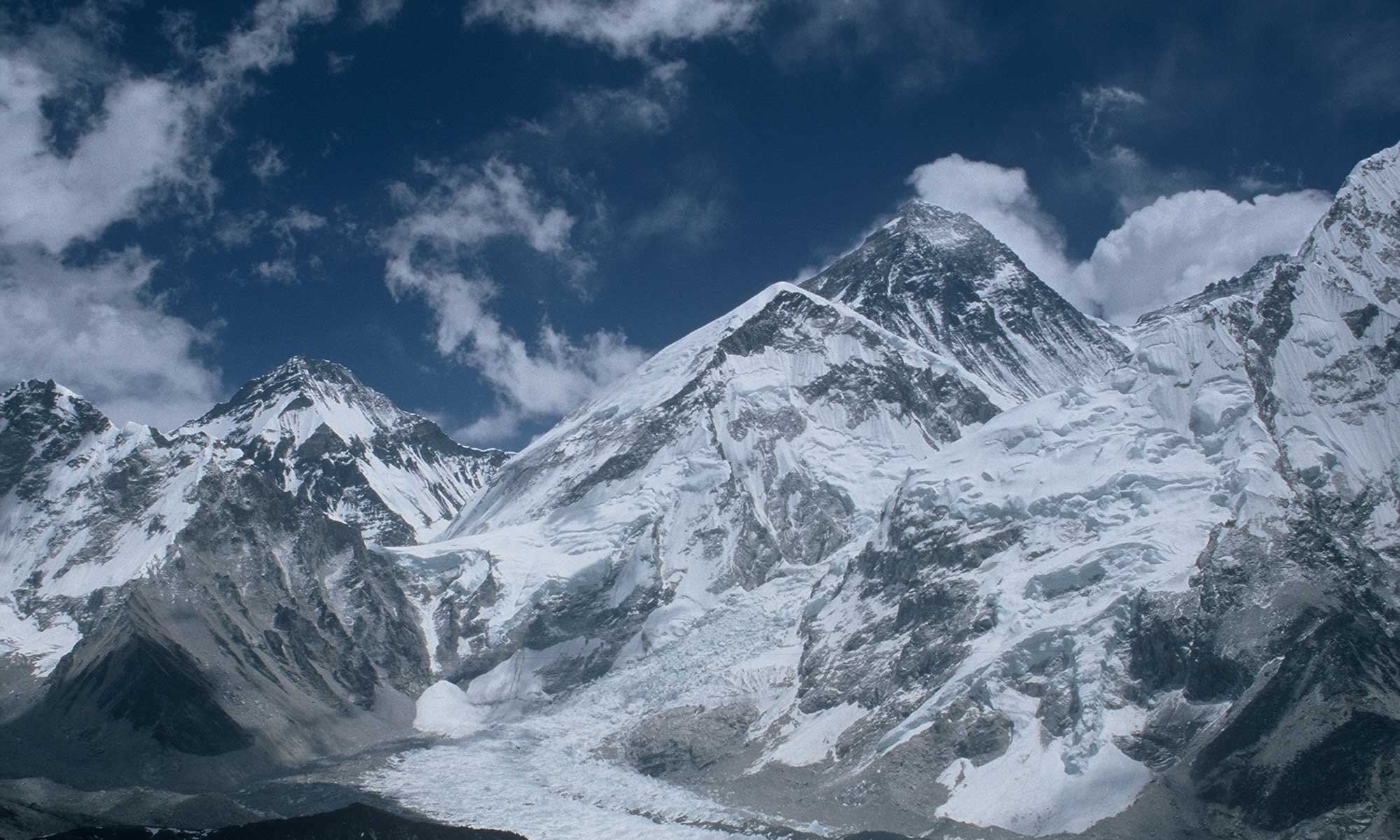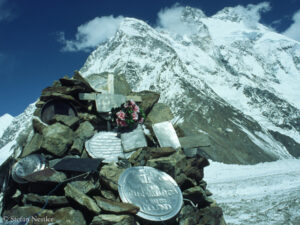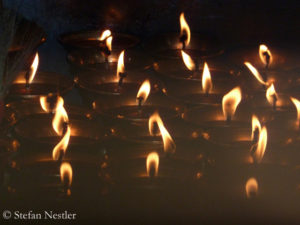Could Muhammad Hassan still be alive today? The report of the commission of inquiry answers this question only indirectly: Yes, the father of three small children could still be alive if he had not been on K2, the second highest mountain in the world, located in Pakistan, on that 27 July. Because he simply didn’t belong there.
It was Hassan’s first eight-thousander expedition, according to the report of the five-member commission appointed by the regional government of Gilgit-Baltistan province after the death of the High Altitude Porter. Before that, Muhammad had only worked as a “Low Altitude Porter” on K2 (8,611 meters) and Spantik (7,027 meters), i.e. he had carried material to the base camps but not up the mountains.
No down clothing at minus 20 degrees
Hassan was not only untrained, it said, but also poorly equipped. “He had neither sufficient and appropriate kit nor understanding of the importance of high altitude clothing and gear,” the report says. “A co-climber told the committee that he saw Muhammad Hassan in normal trousers and jacket during the acclimatization climbing in Camp 2 and Camp 3.”
Brazilian Gabriel Tarso confirmed the same in his account to the commission for the day Hassan died. “He was not wearing supplemental oxygen, or a helmet, or proper clothing such as a downsuit,” wrote the cameraman of Norwegian climber Kristin Harila. “I didn’t understand why he wasn’t wearing his gloves either.” After all, the thermometer showed minus 20 degrees Celsius.
Not insured
According to the commission, Hassan was not on the expedition permit and was not insured in case of injury or death. His employer, the Pakistani operator Lela Peak Expedition, had not provided Hassan with the appropriate equipment – as is actually required by the mountaineering rules in Pakistan – but had given him 250,000 Pakistani rupees (the equivalent of 765 euros) “with mutual consensus” to do this himself, the report says. Possibly Muhammad wanted to save the money – or else he did not find adequate equipment.
Hanging upside down in the rope for more than an hour
Hassan had been carrying ropes for the Sherpa team of Nepalese expedition operator 8K Expeditions, which secured the route to the summit with fixed ropes, the report says. On the night of 27 July, it said, at 8,200 meters in the traverse above the so-called “Bottleneck,” completely exhausted from the exertions of the climb, he suddenly slipped five to seven meters and hung upside down in the rope. Two of the six Sherpas who were in front of him tried to pull him up. When they failed, they continued their rope-fixing work. According to the commission, Hassan hung upside down in the rope for more than an hour – with his stomach bare. Apparently, his jacket had slipped towards his head during the fall.
Another Pakistani High Altitude Porter even spoke of an hour and a half that Hassan had spent in the upside-down position. Only after Kristin Harila, her Nepalese guide Tenjen Sherpa, and cameraman Tarso (“We all heard the groans of pain. It was impossible not to hear.”) came forward to help Hassan did Tarso and two helpers finally succeed in getting the Pakistani back into an upright position. Harila and Tenjen Sherpa had been further ahead by then, Tarso said, because they had received information that the rope-fixing team was also in trouble.
Dozens of climbers passed by
Hassan was obviously hypothermic and may have broken his legs in the fall, Tarso suspects. When the High Altitude Porter stopped responding, he gave up hope of being able to help him and eventually climbed on, the Brazilian said.
Dozens of climbers simply passed by during his rescue efforts, Tarso describes, “Sometimes I felt someone touch my shoulder lightly and say: ‘Could you go to the side so I can pass, please?'”
The investigative commission does not explicitly assess whether Hassan could have been saved with more helpers and more determination. Only in some formulations like the following criticism shimmers through: “All the alpinists were purely focused on their long awaited summit push and all members had tunnel vision, so few have focused to rescue him, but it was quite late.” By way of apology, however, the commission points out that the weather suddenly deteriorated that night and everyone wanted to move forward as quickly as possible.
Two-year ban for Pakistani expedition operator
For now, the report only has concrete consequences for Hassan’s employer, Lela Peak Expedition. The company has been banned from organizing expeditions for two years due to violations of the mountaineering regulations in force in Pakistan. Instead of further finger-pointing, there are many recommendations from the commission. For example, it suggests that High Altitude Porters should only be allowed to work on eight-thousanders in the future if they have already climbed at least one six-thousander and one seven-thousander and can prove they have undergone mountaineering technical training. They would also have to be adequately insured, the commission says.
Outdated mountaineering rules
In addition, the report says, well-equipped, highly qualified rescue teams, that are always acclimatized and ready for action during the season, are needed at the eight-thousanders in Pakistan in order to be able to help in an emergency.
The commission also urgently recommends that the mountaineering rules, which date back to 1999, be revised. Among other things, the tasks of the liaison officers assigned to the expeditions should be specified.
The current case shows how urgently this is needed. The liaison officer in charge, Fazeel Chaudhary, wrote in his report on Muhammad Hassan’s death, “The claims regarding the poor equipment, poor climbing skills and lack of experience are totally false and baseless. He had previously worked as a High Altitude Porter multiple times and came highly recommended by other High Altitude Porters.” The report of the commission says something quite different.
Many unanswered questions
However, the report fails to answer many questions. Was it really only the Pakistani company he worked for that acted negligently? What about the Nepalese operator responsible for the rope-fixing work, 8K Expeditions, which shared the permit with Lela Peak Expedition and for whose Sherpas Hassan carried ropes up the mountain? Why did no one sound the alarm when Muhammad Hassan ascended in totally inadequate equipment even during the acclimatization phase? Did no one notice that Muhammad’s strength was waning during the summit push? Would a successful rescue operation have been possible after his accident if there had been a quicker and more determined reaction and more people had lent a hand?
And is it at all responsible that around 200 climbers set off on one day for the extremely dangerous summit region of K2? Aren’t deaths almost pre-programmed?
Even if there had been answers to these and other open questions, they would have come too late for Muhammad Hassan. The High Altitude Porter paid the highest possible price on K2 – as the weakest link in the chain of the commercial expedition circus.



